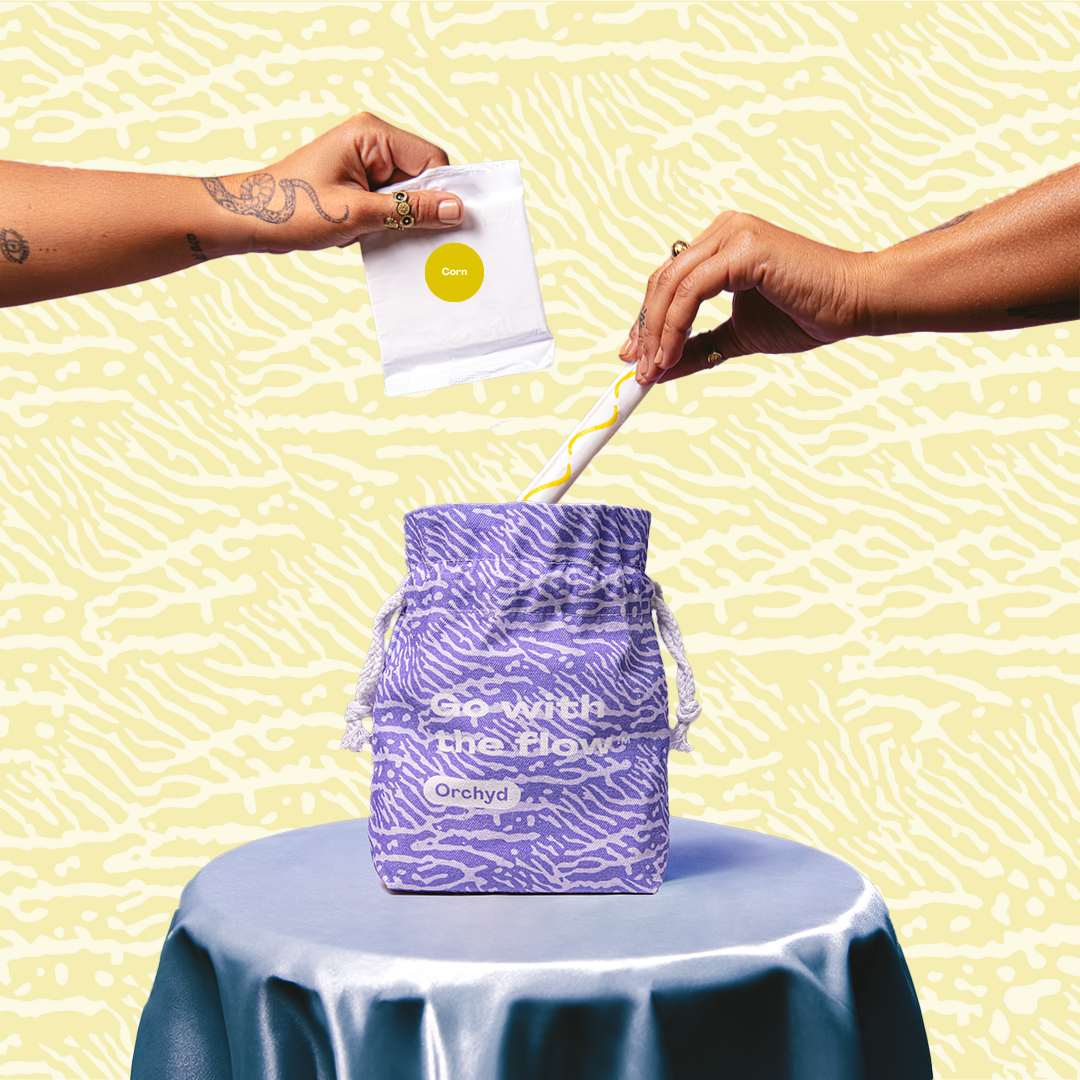
A Closer Look at Period Care Advertisements
Share
Period care brands will have you believe that blood is blue, that women on their periods run around in fields and play sports all the time, and that no one suffers from cramps.
Many advertisements focus on discreet packaging, suggesting that it is of the utmost importance that you hide the fact that you are on your period. Although these ads can be sexist and unrealistic, they serve as a source of information about periods to the general public. This means that advertisers carry a great deal of responsibility when it comes to how periods are portrayed to the world.
According to an article from The Drum, 1972 was the first year period ads could be seen on television. “Brands were restricted from what they could say on air and could not make any reference to absorbency, cleanliness, anatomy, comfort, insertion, application, duration or efficacy leaving them with just generalized statements,” says The Drum. Basically, they had to advertise menstrual products without ever saying anything about them.
Have things changed since then? Sort of. Many of today’s ads still contain generic images and broad statements that hardly refer to periods until the very end, when the brand name flashes across the screen.
Other companies have tried to shake things up, but not without some pushback. In 2015, period underwear brand THINX tried to put up ads on New York City’s subways. Their ads, which featured pictures of grapefruits, symbolizing the vagina, and eggs, symbolizing the ovum, were deemed inappropriate by the MTA.
The MTA also took issue with THINX’s slogan, “Underwear for Women With Periods,” according to Bustle. Presumably, this was because it contained the word ‘period.’ After THINX went to the press, the MTA allowed the ads to run— but its antiquated views spoke to the nature of periods in society. Just a few years later, the MTA ran equally “inappropriate” ads for multiple erectile dysfunction medication brands.
In 2014, Always released its #LikeAGirl advertisements, tearing down stereotypes of what it means to run or play sports like a girl, and to make people think about how ‘like a girl’ has become a demeaning insult. The campaign was the first of its kind for a period care brand and inspired other brands to think out of the box.
For many years, blood has been portrayed as a mysterious blue liquid in most period care product commercials. In January 2020, Kotex made history by being the first major brand to show a bright red, blood-like substance on its actual products.
Other brands like Cora have done the same, but their ads were flagged as being graphic on most social media platforms. Facebook has faced criticism for deeming many period ads inappropriate, including any that contain a substance that looks like period blood. Luckily, they’ve been pressured to retract their bans in many cases, but it still points to society’s discomfort with periods.
Many large period care companies are still stuck in their old ways, using stock photos and videos of generic scenes that have nothing to do with their products in any way. Some ads still promote the narrative that periods should be discreet and “ladylike.” But more and more women and other people who have a period are finding solace in ads that tell it like it is. There is a growing demand for transparency and truth in advertising, and it is refreshing to see.
Period care advertisements have taken a 180-degree turn in many ways. Instead of hiding, period brands like Thinx and Kotex have created ads that celebrate periods for what they are—messy, blood-red, and most importantly, completely natural.

